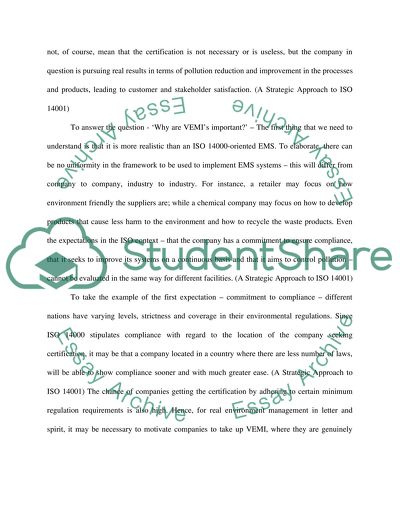Cite this document
(“Voluntary environmental management initiatives Essay”, n.d.)
Voluntary environmental management initiatives Essay. Retrieved from https://studentshare.org/miscellaneous/1502074-voluntary-environmental-management-initiatives
Voluntary environmental management initiatives Essay. Retrieved from https://studentshare.org/miscellaneous/1502074-voluntary-environmental-management-initiatives
(Voluntary Environmental Management Initiatives Essay)
Voluntary Environmental Management Initiatives Essay. https://studentshare.org/miscellaneous/1502074-voluntary-environmental-management-initiatives.
Voluntary Environmental Management Initiatives Essay. https://studentshare.org/miscellaneous/1502074-voluntary-environmental-management-initiatives.
“Voluntary Environmental Management Initiatives Essay”, n.d. https://studentshare.org/miscellaneous/1502074-voluntary-environmental-management-initiatives.


